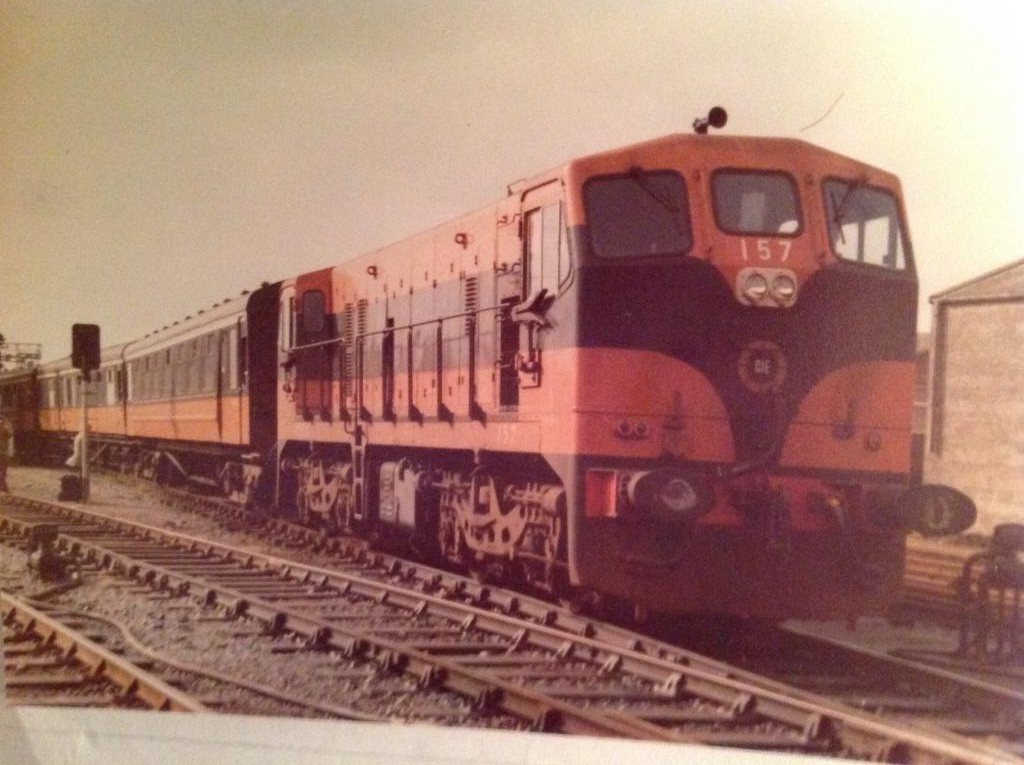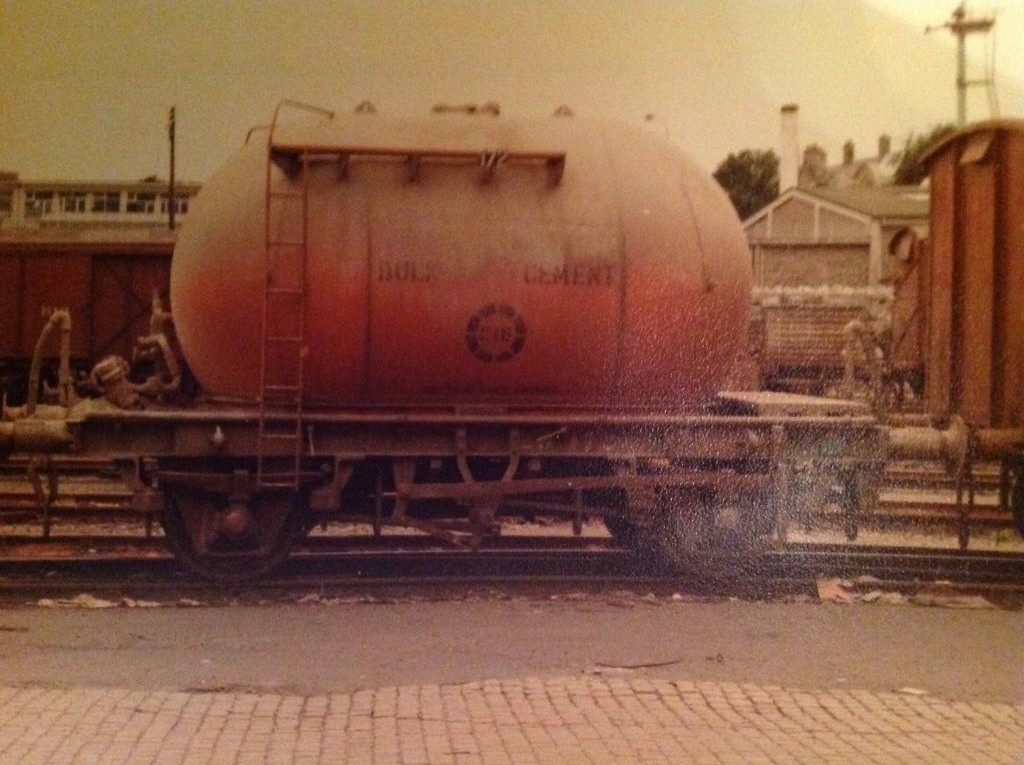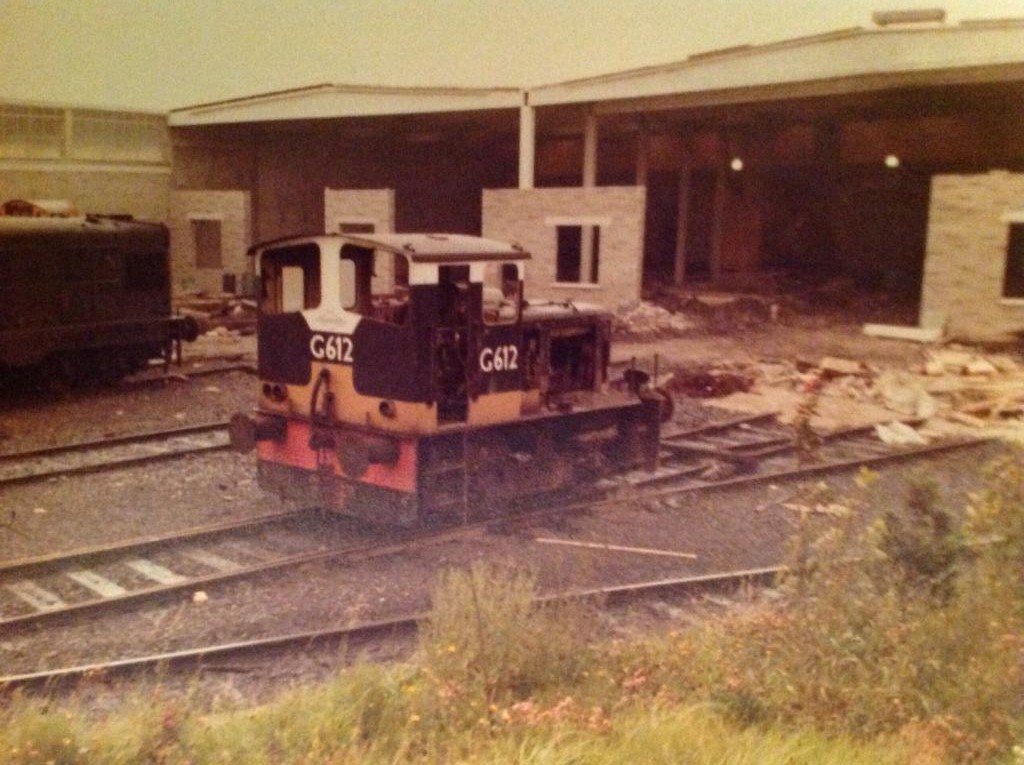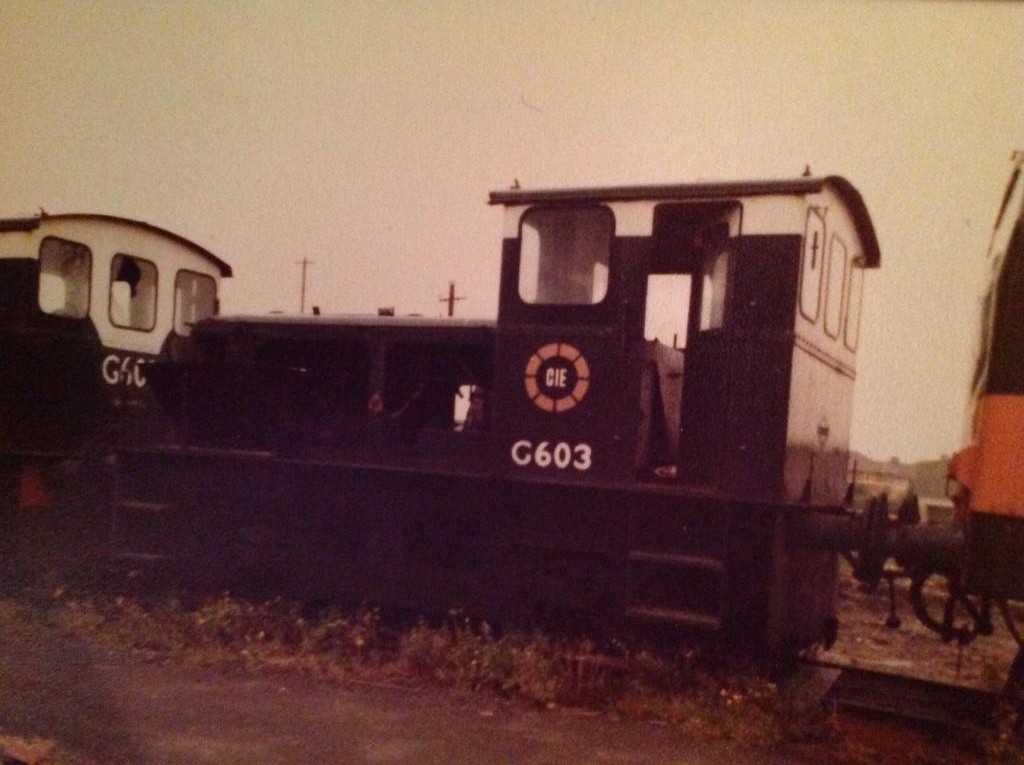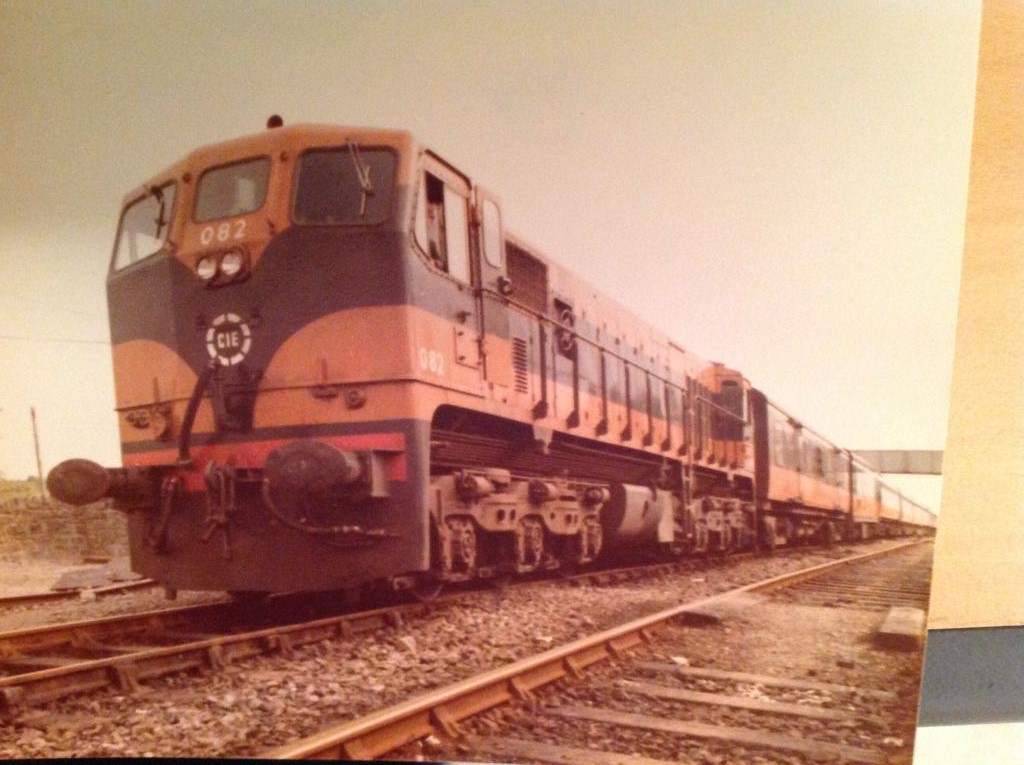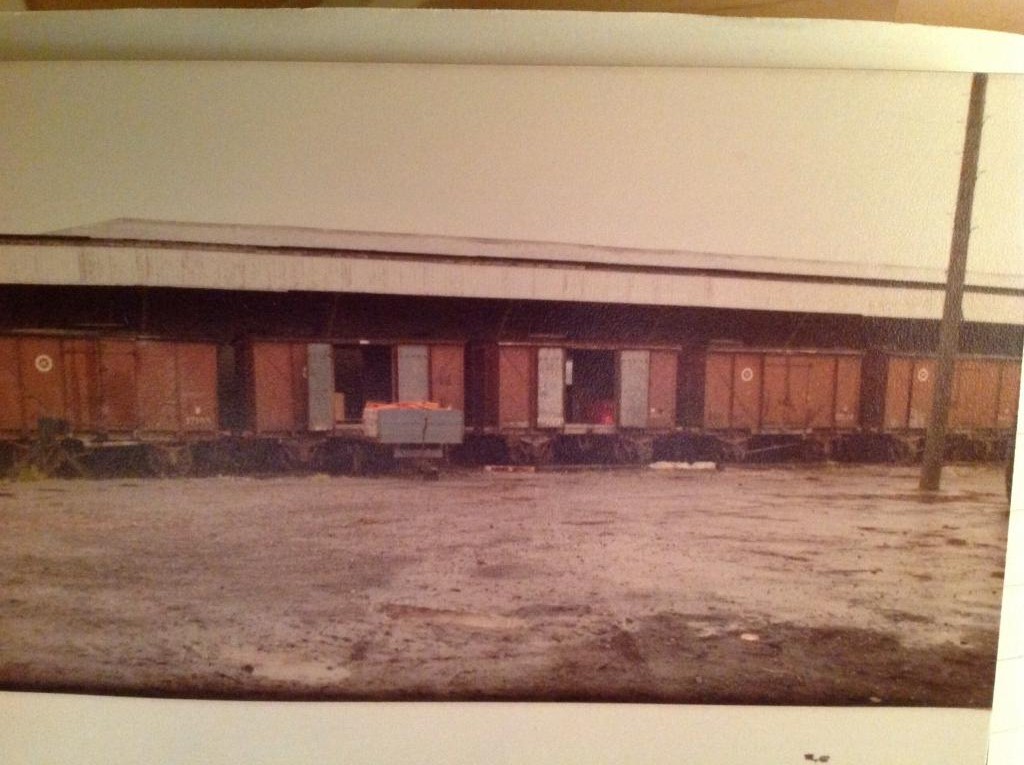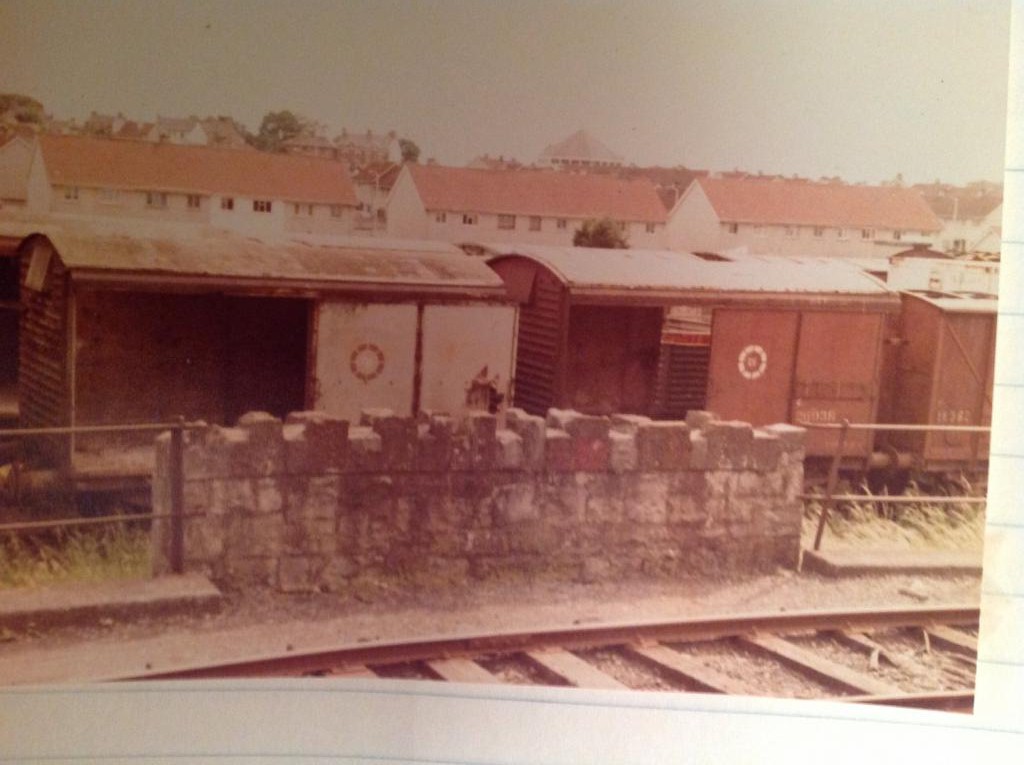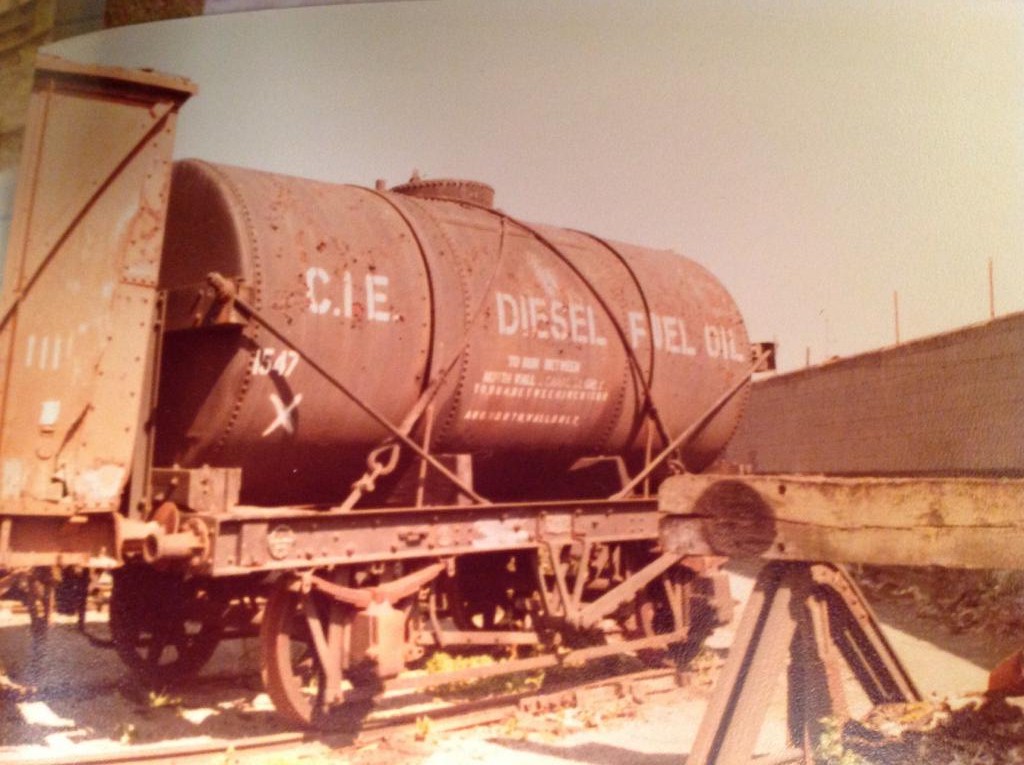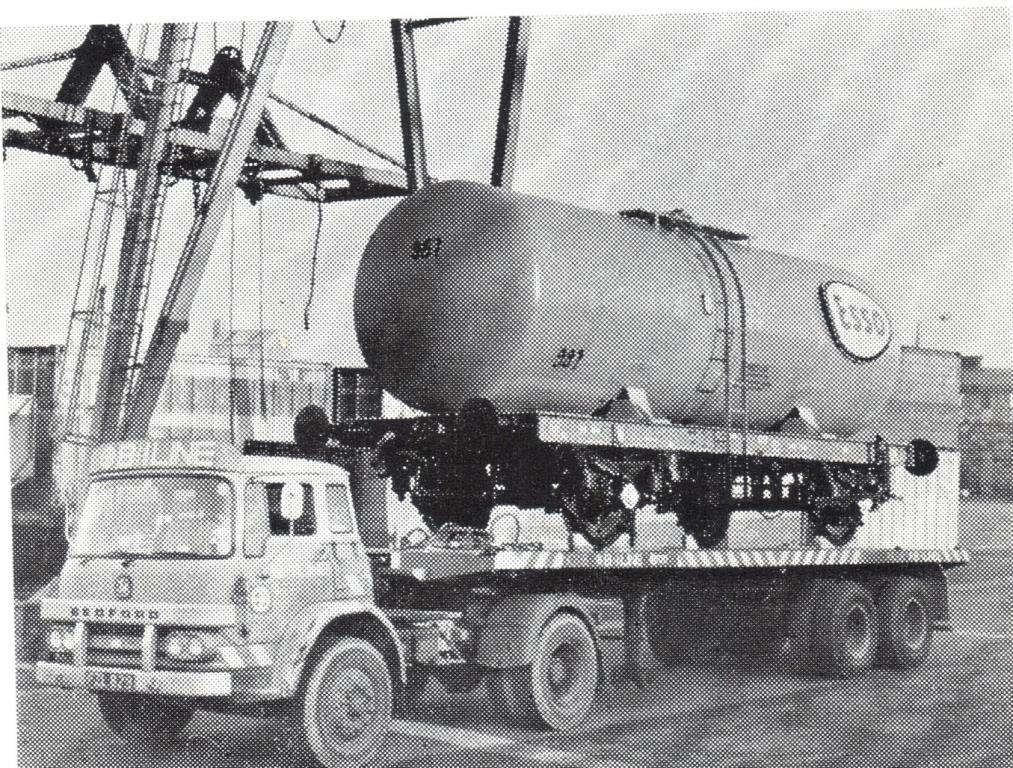-
Posts
1,037 -
Joined
-
Last visited
-
Days Won
5
Content Type
Profiles
Forums
Events
Gallery
Everything posted by josefstadt
-

Pictures taken in 1977/8 on CIE system
josefstadt replied to jhb171achill's topic in Photos & Videos of the Prototype
-

Pictures taken in 1977/8 on CIE system
josefstadt replied to jhb171achill's topic in Photos & Videos of the Prototype
-
Sorry Wrenneire, but your original post refers to each of the coaches as 'CIE Supertrain Mk 2d ......'.
-
It is Patrick and, as far as I'm aware, that's the lifting train in the distance.
-
A very Happy Christmas and all the best for 2015 to all
-
Sorry Kieran. I started to do some work on getting this info together but got side-tracked! Will put something up on the Q&A forum when I get a chance.
-
The D&SER was known as the 'Dirty Slow and Easy'. In Britain the GWR was known as 'God's Wonderful Railway' or the 'Great Way Round', while the L&NER was often called the 'Late & Never Early'.
-
Gets better with every post Paul. Fantastic workmanship!
-
Orther variants of the 1987 - 1990 IÉ logo: 'Killarney Junction' also 'Broken Tree'
-
Many happy returns to you and yours Anthony:tumbsup:.
-
The June 1971 IRRS Journal (No. 55) had a picture of one of the Esso tank wagons (987) arriving at the North Wall on the back of a B+I Line Bedford articulated lorry:
-
Lovely looking model John. Certainly does capture the feel of the prototype. Now all you need is a rake of ex-AEC push-pull cars to complete the scene.
-
Absolutely amazing workmanship!!!! Can you clarify the 'photos turned into textiles' process, please?
-
You've take a little bit of Ireland and transplanted it perfectly to Ohio!
-
Yes, up until the introduction of the Mk II A.C. stock in 1972 all coaching stock vehicles could operate in service with each other. The Mk II A.C. stock could , as BSGSV says above, operate with non-A.C. stock but only one of the types could be in service (e.g. an A.C. train could be mixed with out of service non-A.C. stock or vice versa). Some of the pre-CIÉ stock lasted a long time. For example, GS&WR 3rd Class coach 845, which was introduced in 1907, was not withdrawn until 1971 so it could have operated alongside Park Royals, Cravens etc. The former State Coach, No. 351, had an even longer life having been built by the GS&WR in 1902 and not being withdrawn until the mid-1970s. The use of the State Coach (along with a GSV to provide power and heat) on trains composed of A.C. stock was an exception to the normal practice of only having one portion of mixed trains in service as the President could travel in 351 while regular passengers travelled in the A.C. part of the train. Having no connection between the two parts of the train was of course a security plus.
-
Generally it arrived into the bay platform.
-
Seen on ebay: http://www.ebay.ie/itm/Horny-R-076-Footbridge-/311196734565?pt=UK_Trains_Railway_Models&hash=item4874c55465 The mind boggles!!!!
-
It sat in the bay platform for the duration of its lay over. It then went empty to Platform 3/4 to board passengers for the Rosslare line.
-

Photographic Website Updates
josefstadt replied to thewanderer's topic in Photos & Videos of the Prototype
You've lost me. What aircraft? -

Does anybody remember the model shop in D'Olier Street 1970s?
josefstadt replied to Noel's topic in General Chat
Marks Models was established in 1987. Its predecessor was the Southern Model Railway Company which was based in Leeson Street, then the Grafton Arcade and then D'Olier Street. I'm not sure if the D'Olier Street shop was only operated in the Southern Model Railway Co era or if Marks Models ran it for a while. -

Question re CIE Coaching Stock ( Mk2A etc)
josefstadt replied to Junctionmad's topic in Photos & Videos of the Prototype
DC, hope this helps answer your query: Up until 1956 passenger accommodation was designated either ‘First Class’ or ‘Third Class’. In that year, ‘Third Class’ was re-designated ‘Second Class’ and the number 3 on the doors was replaced with a 2. This situation lasted until September 20 1965 when ‘Second Class’ became known as ‘Standard Class’. The ‘First Class’ name did not change. The next change occurred in 4 December 1972 when, with the introduction of the Mk IId air-conditioned stock (the ‘Supertrain’), the ‘First Class’ name was changed to ‘Super Standard’. Along with the change in name, the practice of issuing ‘First Class’ tickets also ceased. From that date only ‘Standard Class’ tickets were issued and travel in the ‘Super Standard’ portion of the train was available upon the payment of flat-fee supplement, initially £1. This could either be paid at a booking office or on the train. -
I thought Dick Fearn told us that railcars didn't fail!
.png.c363cdf5c3fb7955cd92a55eb6dbbae0.png)

